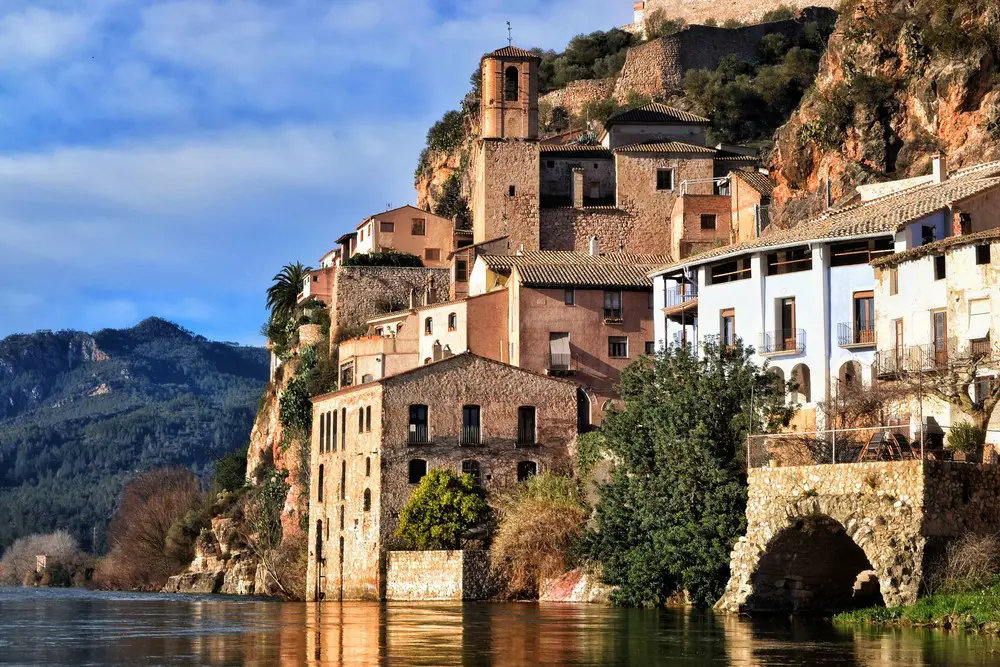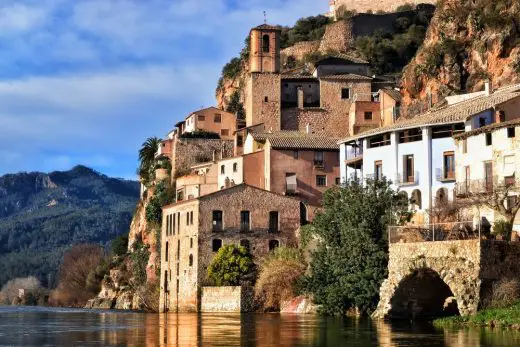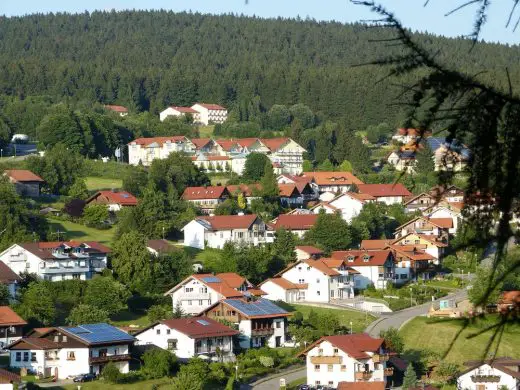On the ugly roar of brown stones, German Wine Route, Historical Architecture
On the Ugly Roar of Brown Stones – Architecture
20 May 2023
An essay by Martin Ahrens, Dipl.Ing.(FH)
On the Ugly Roar of Brown Stones – German Wine Route Architecture
Anyone who sets out to explore the German Wine Route will not only be taken in by wine, good food and a cultural landscape that is often referred to as the “Tuscany of Germany”. It is no wonder that King Ludwig I of Bavaria had his summer residence, the “Villa Ludwigshöhe”, built there.
If one makes it to the end of the Wine Route after a wine tasting or two, they will see a very “special” piece of German architectural and cultural history.
It marks the end of the German Wine Route to the south on the German-French border. Regardless of recurring border demarcations, the German Wine Route continues southwards as the Route des vins d’Alsace into the “Vosges du Nord” region where it is also characterised by the culture of wine.
We are talking about the German Wine Gate (Deutsches Weintor) in the small village of Schweigen-Rechtenbach.
It may escape the notice of the tipsy wine lover. But anyone who, like me as a native of the Palatinate, perceives with a trained sensitivity for the designed environment what is really there can only be more than unpleasantly touched. It disgusts one.
In its crude and, moreover, extremely unimaginative architectural language, the German Wine Gate speaks of a vision that should never have existed.
A Nazi-building that, believe it or not, is listed as a historical and therefore conserved monument!
It was designed by the Landau architects August Josef Peter and Karl Mittel, who were the lucky winners of an architectural competition. It´s foundation stone was laid on the 27 August 1936.
It would not even have taken the laudatory speech by the Nazi Gauleiter Josef Bürckel to hear him double-dealing like so many others during this period.
Like many other cultural events of the time, the Wine Gate was more of an excuse to propagate what was actually meant:
“The wine is true – the pledge genuine: here stand Germans and nothing but Germans – in the West the field guard of the nation.”
So it is not about wine as the cultural heritage of the Romans, viticulture, and its border ignoring history. It is about an abuse of architecture as a manifestation of an ideology.
But architecture does speak an unambiguous language. Some may overhear it. But once heard, it is understood what it is talking about.
It gets worse.
In the “Newsworthy Register of Cultural Monuments, District of Südliche Weinstraße”, the building is described as a “stately [sic] hipped-roof building, rubble stone, single-storey hipped-roof outbuildings, partly half-timbered, 1936/37”.
It would be worth researching the author of this description and his understanding of the term “stately”, were it not more urgent to actually do something.
After all, it is not enough to smash symbols. Architecture still says the same thing.
I lived in Nuremberg for two years. A visit to the former Reichsparteitag grounds was obvious. I actually stood on the same spot as Adolf Hitler once did.
Even without the symbols that had been blown away, I felt the genius loci in a frightening and oppressive way, which is nothing other than the powerful language of architecture itself in Germany. I left depressed never to return.
We don’t need a gate that suggests connection but in separates reality. We need something that connects what has belonged together since Roman times at the latest: a region in which people and the environment are shaped by wine, in which borders as relicts of ancient times no longer have any place.
Comments on this On the Ugly Roar of Brown Stones article are welcome.
Winery Architecture
New Winery Building Designs – recent selection on e-architect:
Fulldraw Vineyard Winery and Tasting Room, Paso Robles, California, USA
Design: Clayton Korte
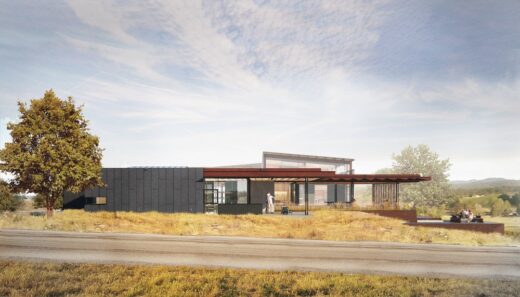
image : Clayton Korte
Fulldraw Vineyard Winery and Tasting Room CA
Beronia Winery, Ollauri, La Rioja, Northeast Spain
Design: IDOM
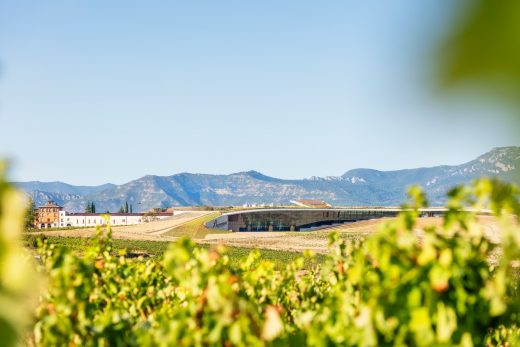
photo : Gunnar Knechtel
Beronia Winery Ollauri Building, La Rioja
Le Dôme Winery, Saint-Émillion, Bordeaux, southeast France
Architects: Foster + Partners
Le Dôme Winery Saint-Émillion, Bordeaux
Design: Clayton Korte
Copia Vineyards Winery and Tasting Room, CA
Building
Residential Architecture Articles
Wine Cellars
Wine and Champagne
How to build a perfect wine cellar
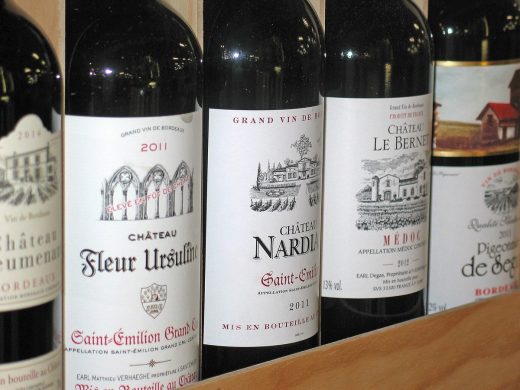
Comments / photos for the On the Ugly Roar of Brown Stones architecture essay by Martin Ahrens, Dipl.Ing.(FH) page welcome

